
NEW YORK LEAGUE OF PUERTO RICAN WOMEN, INC.
We are currently accepting applications for our 2021 Scholarships. These financial awards are granted annually to undergraduate Puerto Rican/ Hispanic women selected for their academic excellence and service to the community.
To be eligible, applicants must comply with all 7 of the requirements listed below, A completed Scholarship Application form must be mailed to the P. O. Box above, by the deadline date of Monday, May 28, 2021, and an email a copy of the application, in pdf format, must be sent to Eunice_nylprw@yahoo.com, Lynettepm@gmail.com, and Rozmed@aol.com. Applicants must meet all of the following criteria:
1. Must be currently matriculated as an undergraduate student in an accredited institution of higher education, having earned a minimum of 12 accumulated credits.
2. Must have maintained a minimum GPA of 3.0 with no failing grades.
3. Must demonstrate service to the community.
4. Must provide an official college transcript by the deadline date of June 11, 2021.
5. Must provide two (2) letters of recommendation from a professor, college advisor, employer, or supervisor.
6. Must email a 4" by 6" (minimum size) color headshot photo in high resolution, of the applicant in appropriate professional attire, with a neutral background, for inclusion in our Commemorative Gala Journal. Email the photo to Eunice_nylprw@yahoo.com, Lynettepm@gmail.com, and Rozmed@aol.com.
7. Must be available to attend an interview with our Scholarship Committee.
The Scholarship Committee will review only those applications that comply with all of the above seven (7) requirements. Essays should be written meticulously, and include the applicant’s educational and career goals.
Applications can be downloaded from our website, or requested via email to the three (3) emails listed above.
Please publicize this information to as many eligible students as possible. For questions, please contact President Eunice Santiago at (347) 743-6066, Vice-President Lynette Madera, (917) 806-6790, or Chief Financial Officer Rosalind Reyes-Medina, (917) 432-4043.
Sincerely,
Eunice Santiago, PresidentNew York League of Puerto Rican Women, Inc. www.nylprw.org13TH ANNIVERSARY SCHOLARSHIP GALA
THURSDAY, AUGUST 26, 2021
MARINA DEL REY IN THE BRONXy.
Sincerely, Eunice Santiago, President
For More Information or for a Scholarship Application Please Visit their Website
Download Membership Application at our website: _www.nylprw.org_
(http://www.nylprw.org/)
NEW YORK LEAGUE OF PUERTO RICAN WOMEN, INC.
P. O. Box 60337
Brooklyn, NY 11206-0337
https://www.facebook.com/nylprwinc


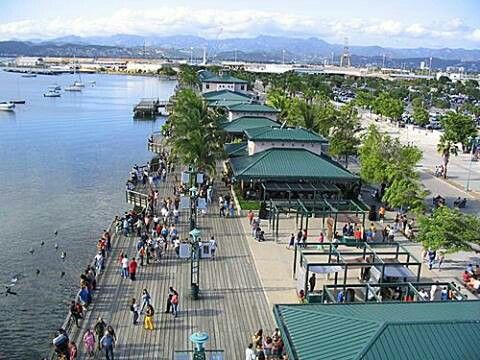
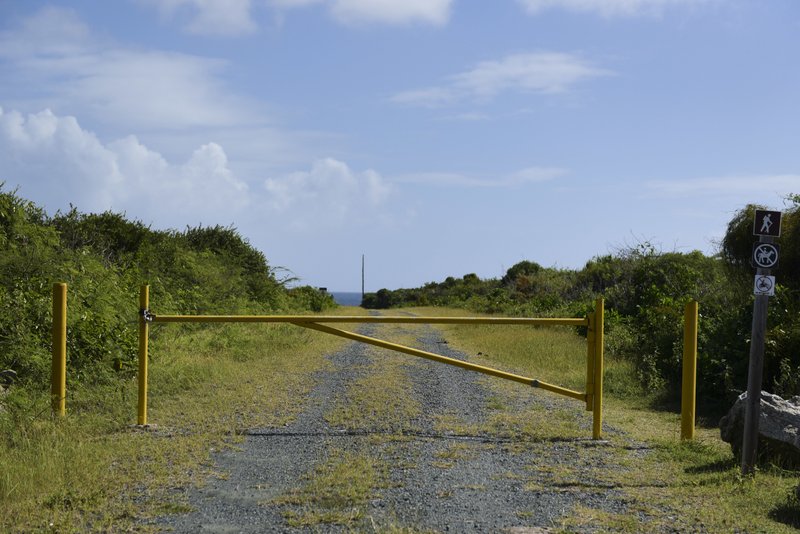




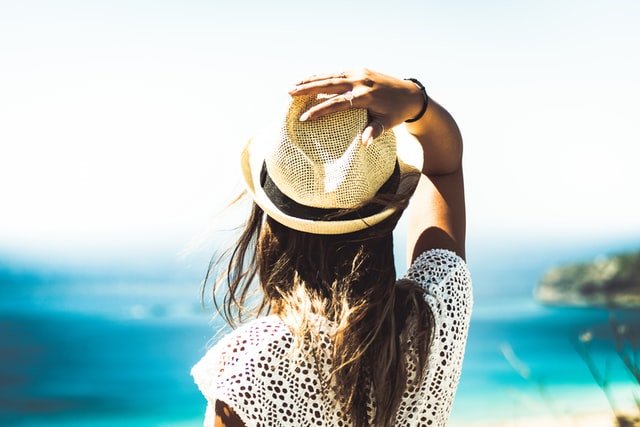
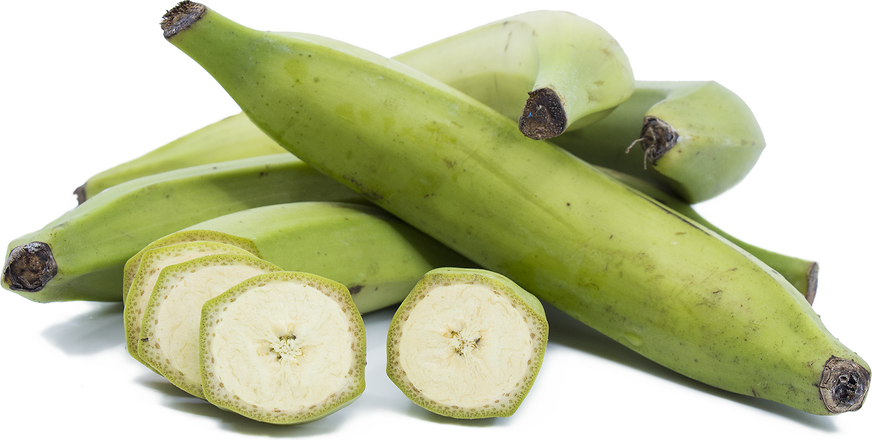
 ransfer the oil to the skillet and add a further 2 tablespoons to top it up, dab the plantains with kitchen paper to remove the excess grease. Turn the heat to high and wait until that oil is piping hot before you then place the slices in to cook. Be very careful with this oil because it can hurt a lot of you get any on your skin. To help you here, try to use tongs or a slotted spoon with a long handle so that you don’t need to get too close.
ransfer the oil to the skillet and add a further 2 tablespoons to top it up, dab the plantains with kitchen paper to remove the excess grease. Turn the heat to high and wait until that oil is piping hot before you then place the slices in to cook. Be very careful with this oil because it can hurt a lot of you get any on your skin. To help you here, try to use tongs or a slotted spoon with a long handle so that you don’t need to get too close.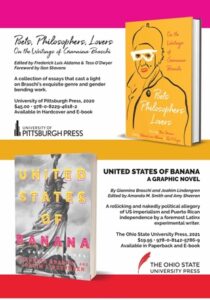 Poets, Philosophers, Lovers: On the Writings of Giannina Braschi is a new book that celebrates the Puerto Rican trailblazing author whose experimental works dramatically expanded the canon of Latina/o literature in the United States.
Poets, Philosophers, Lovers: On the Writings of Giannina Braschi is a new book that celebrates the Puerto Rican trailblazing author whose experimental works dramatically expanded the canon of Latina/o literature in the United States.